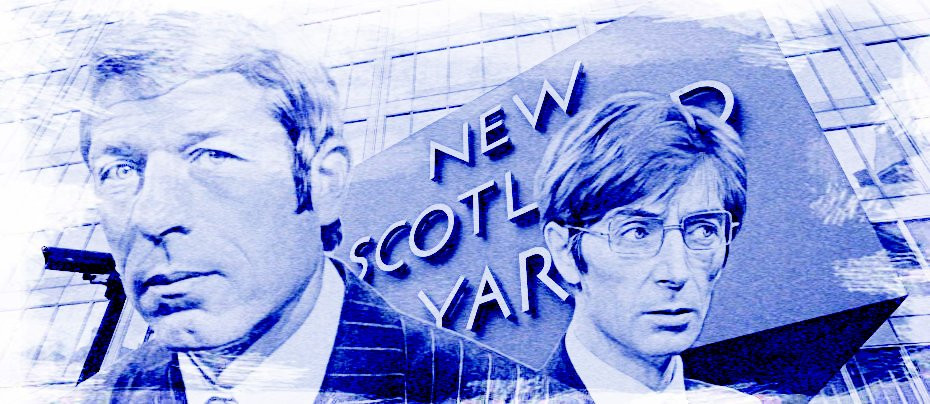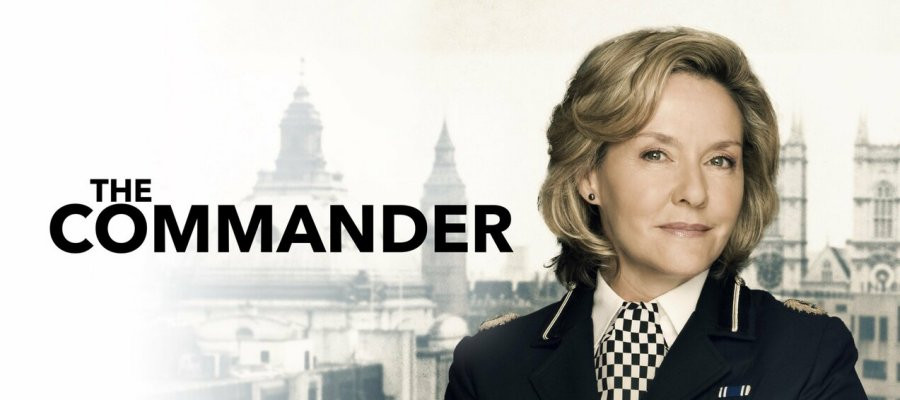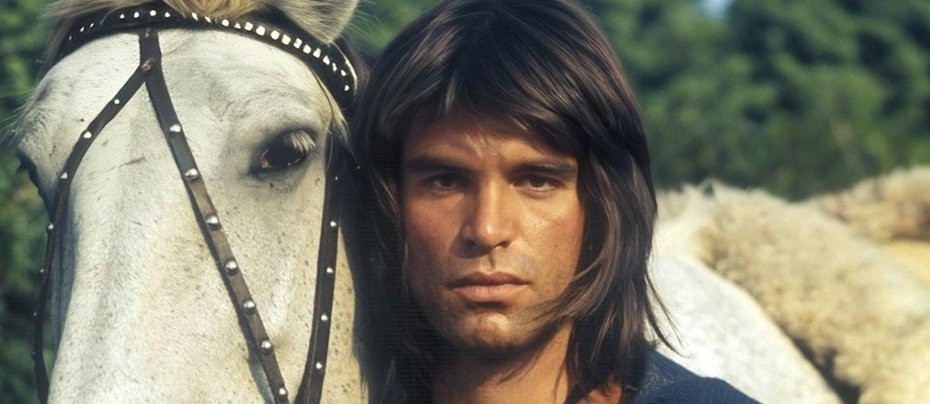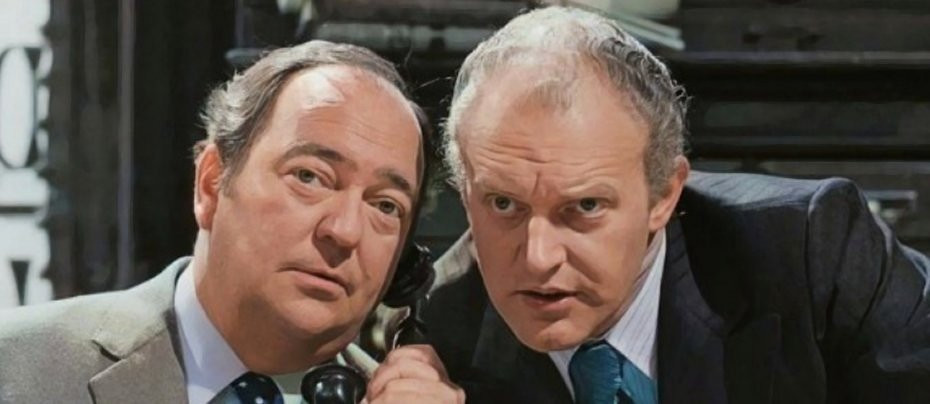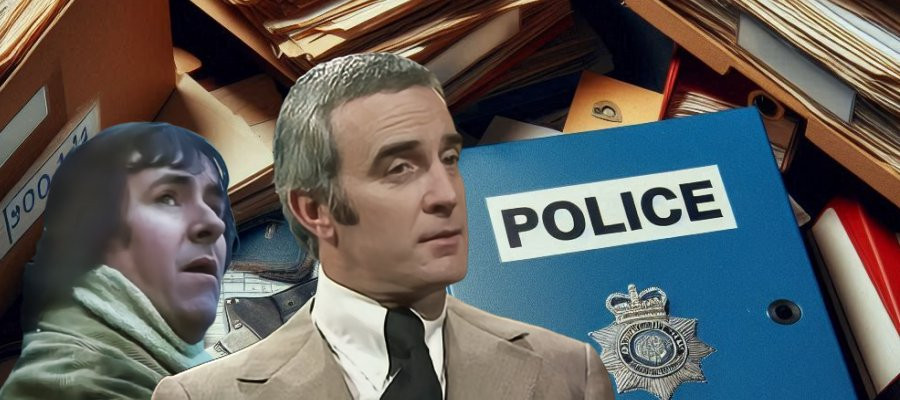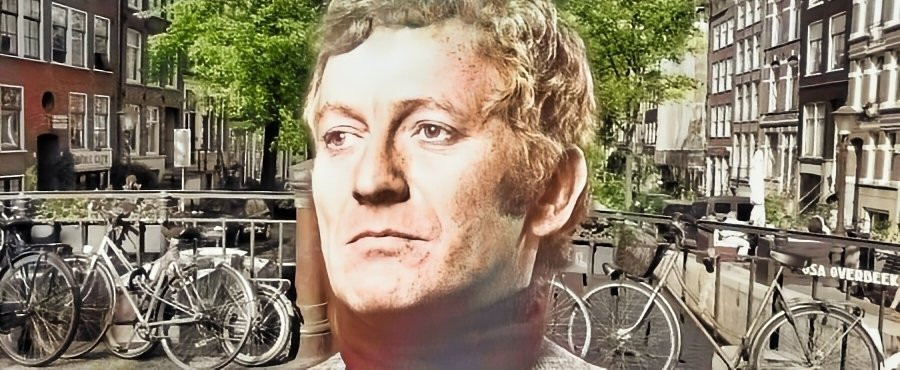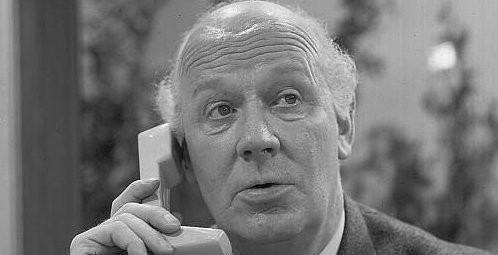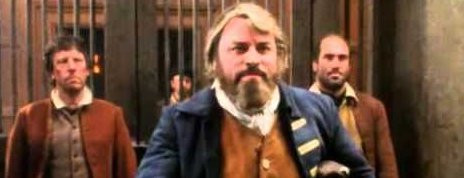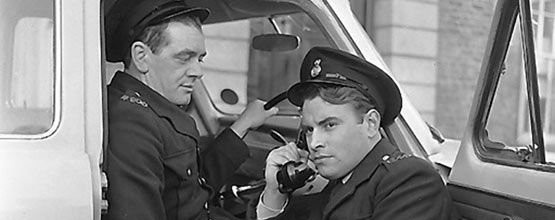
Z Cars
1962 - United KingdomSince 1955 a policeman's lot had been depicted as a happy one by the BBC's 'community copper' series Dixon of Dock Green. But when Z Cars came along in 1962, television finally got the chance to show the British public a different outlook altogether.
In 1962, while bedridden with mumps, writer Troy Kennedy Martin passed the time by tuning in to police radio transmissions. What he heard was starkly different from the sanitized portrayals of police work on television. Inspired by this raw and authentic insight, he developed a TV series set in Merseyside, during a period of major social transformation in Liverpool. Originally titled Crime Patrol, the name was later changed to the more dynamic Z Cars, referencing the high-speed response vehicles—Ford Zephyrs—used by the police. These "Z Cars" marked a shift in policing, as officers were moved off traditional foot patrols and into vehicles to tackle rising crime rates. The show focused on their patrols across both the aging district of Seaport and the newly built high-rise estate of Kirkby Newtown.
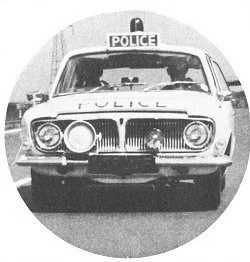
Developed with input from documentarists Elwyn Jones and Robert Barr, Z Cars went beyond the traditional "cops versus robbers" formula to explore the personal lives of the policemen themselves. It portrayed them as flawed, complex individuals—grappling with issues like gambling, drinking, and, most controversially, domestic violence. Much like The Sweeney would do over a decade later, Z Cars reflected the social changes of its time and boldly redefined how police were depicted on television, bringing a stark realism to the genre. It was a daring move by both Troy Kennedy Martin and the BBC, but one that proved highly successful. Despite strong objections from the Police Federation, the show quickly resonated with viewers, drawing an average audience of 14 million within just two months of its debut.
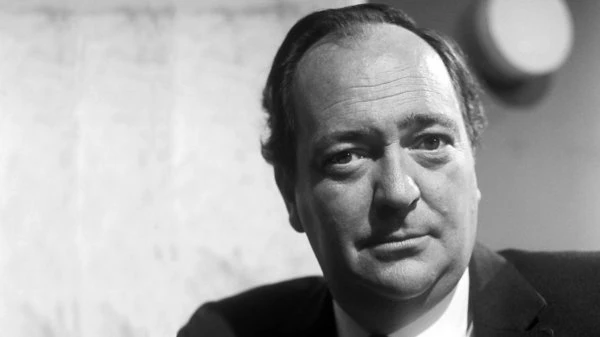
The stars of the show became household names, Brian Blessed as PC 'Fancy Smith' drove Z-Victor 1, whilst later additions to the regular cast included Colin Welland and Leonard Rossiter. Stratford Johns as the no-nonsense Charlie Barlow, a superior officer not adverse to pounding his suspects into submission, and Frank Windsor as his gentler sidekick John Watt, were given their own series in 1966, Softly, Softly, which saw them head off to form the Regional Crime Squad. Guest stars also went on to successful careers and included John Thaw, Judi Dench, Alison Steadman, Kenneth Cope, George Sewell, Joss Ackland, Ralph Bates and Patrick Troughton.

The series continued until 1978 but by this time it was beginning to face competition from US imports such as Kojak, Hawaii Five-0, and Starsky and Hutch. The new generation of all action, car chasing, door kicking format was in vogue, and in Britain the new kids on the block were the men of the Flying Squad; The Sweeney. Somewhat ironically, given that Z Cars had undoubtedly paved the way for the brutally realistic success of his cousin's (Ian Kennedy Martin) later creation, Troy Kennedy Martin branded The Sweeney in his book Crimewriters, as: "...a world of vanity and self-mockery." Accusations similar to those that he himself had experienced during the early days of his own creation's success.

Just like Z-Cars had made 'Dixon' look old and dated so The Sweeney had the same effect on a show that had, by the late 1970's, very much outlived what public taste was now demanding, and in 1978 it became a case of 'Z-Victor One, out!'
Seen this show? How do you rate it?
Seen this show? How do you rate it?
Published on February 13th, 2019. Written by Laurence Marcus "Z Victor One, are you receiving?" (2000) for Television Heaven.


